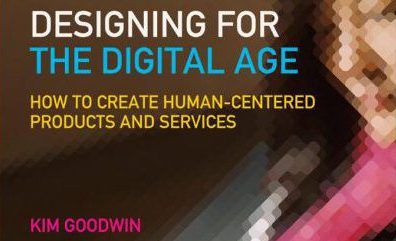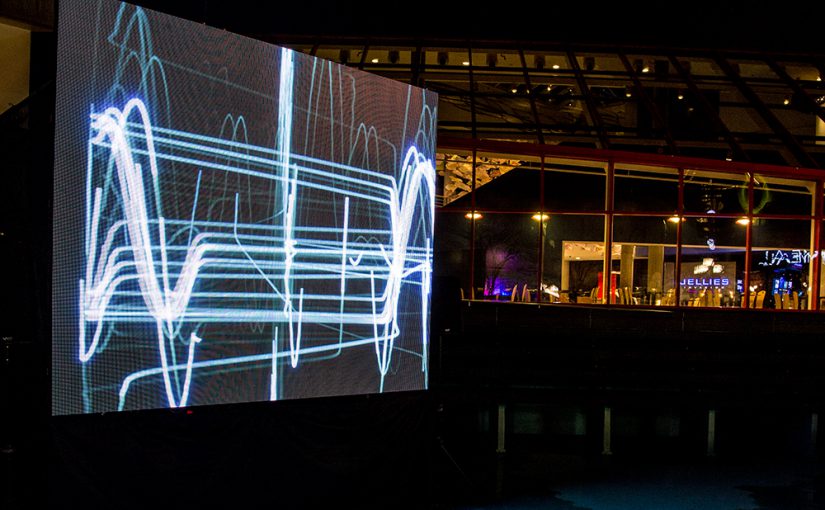“Design is the craft of visualising concrete solutions that serve human needs and goals within certain constraints.” by Kim Goodwin, the author of the book, explained that design is a discipline that is neither art nor science. Design is something that serves human needs and goals. These human needs and goals include aesthetic satisfaction but more than that. Designers deliver an integrated solution for problems that might occur in a system. Hence, designing a complex service and product, it will require talents from multiple design disciplines, for example, industrial design, graphic design, and interaction design.
‘Goal-Directed Design’ is an approach to product and service design developed at Cooper. With this approach, designers set an end goal at the beginning of the project by creating scenarios and personas. With clearly set goals in mind, designers can explore different solutions to achieve the goals. When designers are fully aware of the end goal, they are less likely to go off track and hence waste time on the design process.
Goodwin also used rest of the paragraphs to summarise the four components of goal-directed design: Principles, patterns, process, and practices. Through the summary, I feel that this is a book worth reading because it is very much related to my final year project. An effective design method can help me develop a concrete solution to the problem.

